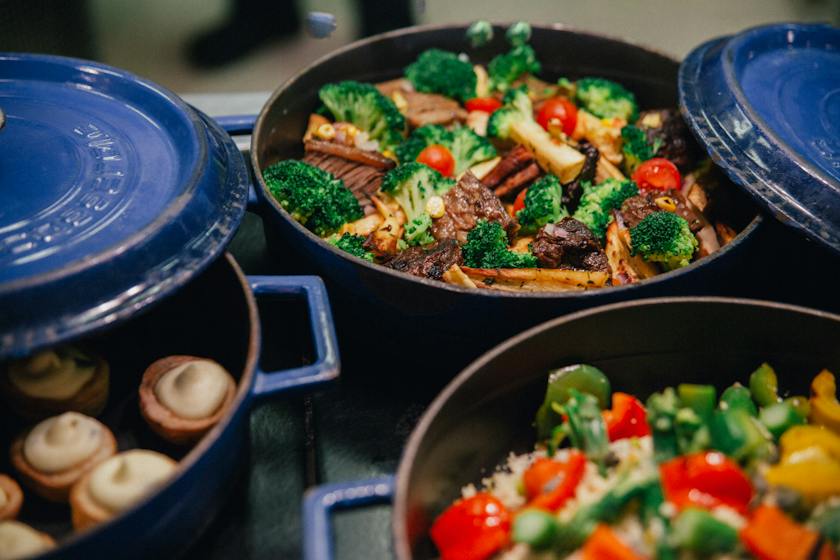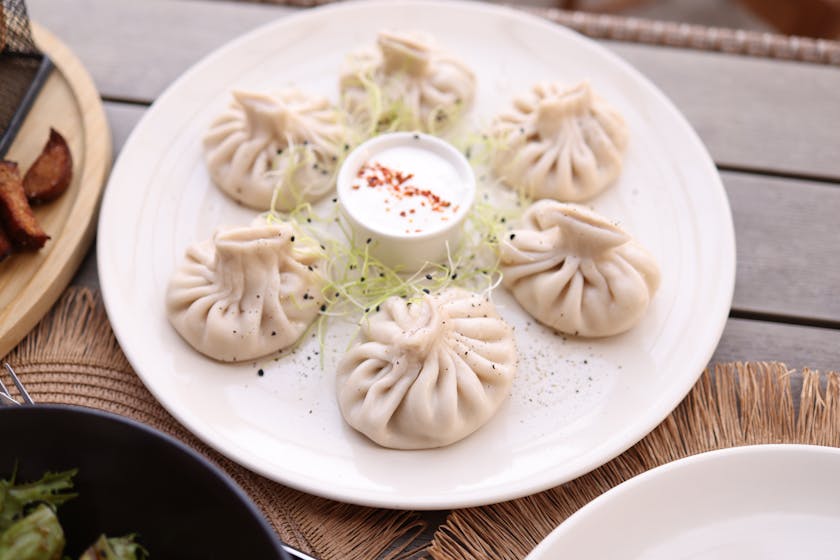When it comes to emergency preparedness, bulk meal storage is a vital aspect that ensures you and your family can withstand unexpected situations with sufficient food supplies. Properly storing meals in bulk can save you from the stress and potential danger of running out of food when stores are inaccessible or during times of crisis. Here’s a step-by-step guide on how to maximize your bulk meal storage for emergency preparedness.
Understanding the Basics of Bulk Meal Storage
Bulk meal storage is more than just stocking up your pantry with random food items. It involves careful planning and consideration of the nutritional value, shelf life, and storage conditions of the food you choose to store. Start by listing foods that are high in calories and nutrients, yet have a long shelf life, such as grains, legumes, powdered milk, and certain canned goods.
Selecting the Right Containers for Long-Term Storage
Choosing the correct containers is crucial for preserving the quality and extending the shelf life of your stored meals. Use food-grade containers with airtight seals, such as Mylar bags with oxygen absorbers or food-grade buckets with gamma lids. These containers protect your food from moisture, pests, and light, which are the main culprits of food spoilage.
Creating a Diverse and Nutritious Menu
When planning your bulk meal storage, aim for a balance of protein, carbohydrates, fats, and vitamins. Include a variety of grains like rice, wheat, and oats, along with legumes such as beans and lentils. Don’t forget to add a selection of freeze-dried fruits and vegetables to ensure you have access to essential vitamins and minerals. Also, consider comfort foods like instant noodles or chocolate that can provide a psychological boost during stressful times.
Rotating Your Food Supply
To avoid waste and ensure your food remains fresh when needed, practice the First-In-First-Out (FIFO) method. This means you use the oldest items in your storage first and replace them with newer purchases. Regularly check expiration dates and use or donate items before they go bad. This rotation also allows you to familiarize yourself with the preparation of these foods, so you’re not left guessing during an emergency.
Proper Labeling and Organization Techniques
Label all your storage containers with the contents, quantity, and the date of purchase or packaging. Organize your supplies in a way that allows you to easily find what you need in an emergency. Group similar items together, and consider using shelving units to maximize space and keep everything accessible.
Maintaining Ideal Storage Conditions
The environment where you store your food can significantly impact its shelf life. Choose a cool, dark, and dry place for your bulk meal storage area. Basements or cellars can be ideal, but make sure they’re not prone to flooding or moisture buildup. Avoid storing food near chemicals, fuels, or any substances that could contaminate your supplies.
By following these guidelines, you can establish a robust emergency food supply that will help you through any crisis. Remember, emergency preparedness is an ongoing process, and your bulk meal storage should evolve as your family’s needs change.




